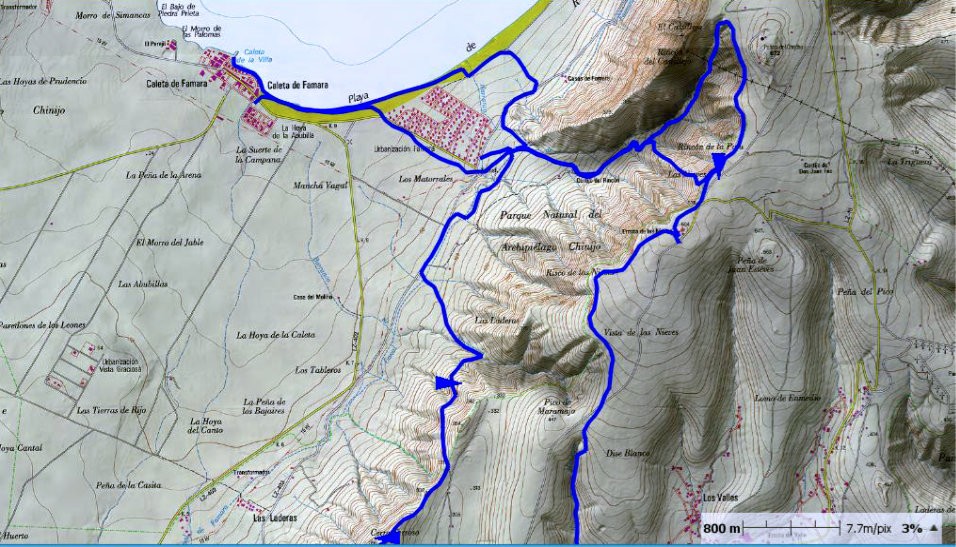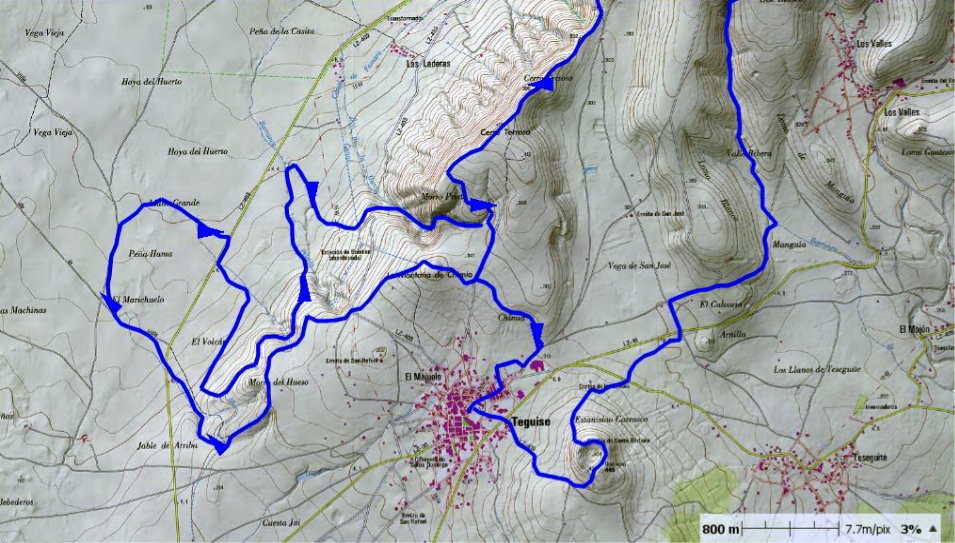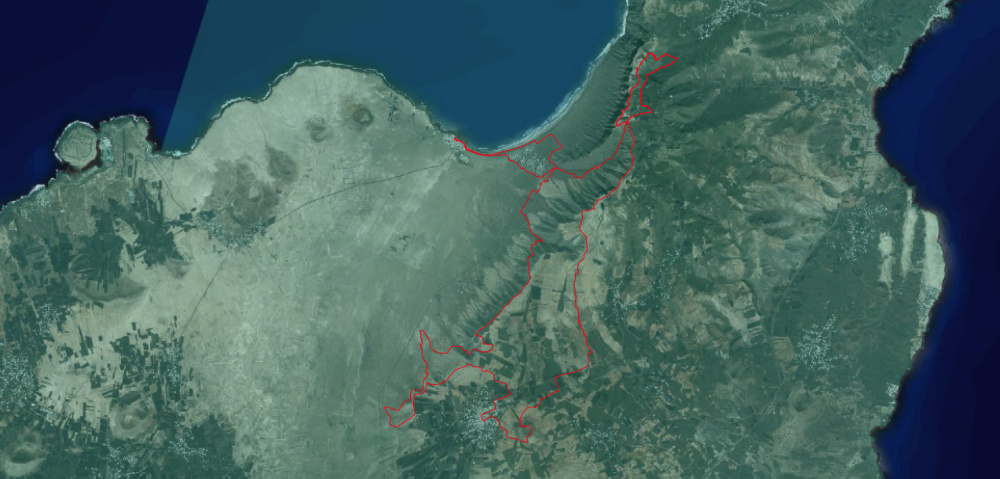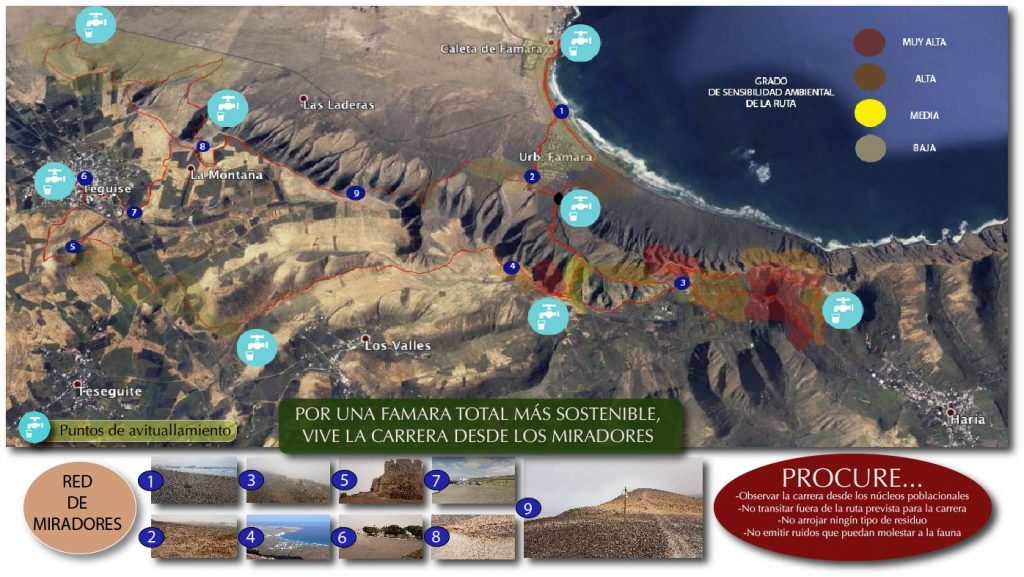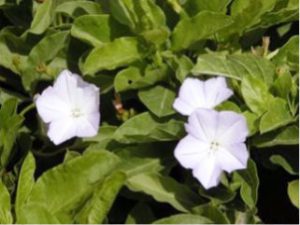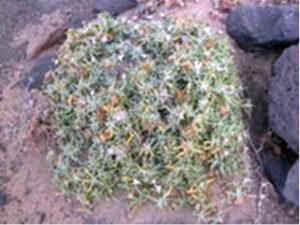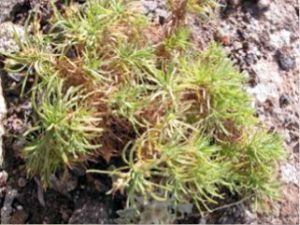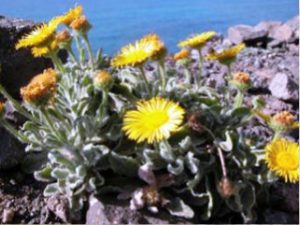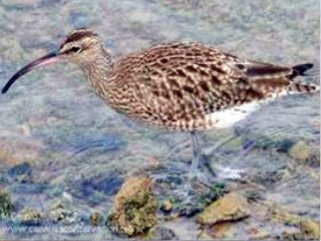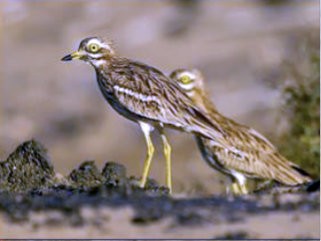RUNNING IN A PRIVILEGED ENVIRONMENT
The Town Council of La Villa de Teguise, as organiser of Famara Total 2018, is trying to inform both participants and spectators about the main natural values of the environment in which the race takes place in and thus contribute, among all of us, to preserve and enjoy a place with such a large cultural and environmental heritage.
Famara Total 2018 takes place, among all of its different tracks, in one of Lanzarote’s most stunning landscapes: The Protected Landscape of Famara. Its environmental importance is such that several conservation organisations are trying to protect its landscape and natural values. With this conservation effort, we are also trying to promote knowledge and awareness about the threats this space faces so that we can effectively help in the preservation of Famara, allowing it to keep being a space where we can enjoy leisure activities while respecting its landscape.
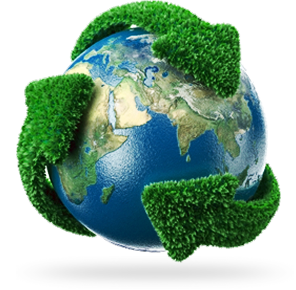
A PROTECTED NATURAL ENCLAVE
Famara Total 2018 takes place, among all of its different tracks, in one of Lanzarote’s most stunning landscapes: the natural environment of Famara. Its environmental importance is such that several conservation organisations are trying to protect its landscape and natural values. With this conservation effort, we are also trying to promote knowledge and awareness about the threats this space faces so that we can effectively help in the preservation of Famara, allowing it to keep being a place where both nature and leisure can join together in harmony in the same space.
Lookouts
Helps us create a more sustainable Renault Famara Total,
Experience the race from the lookouts
PRIVILEGED FLORA AND FAUNA
Famara, a charming place in the Natura 2000 Network



